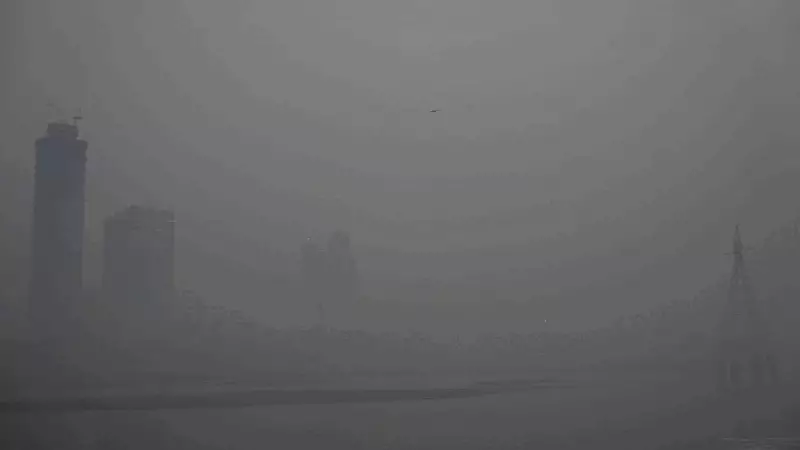
The morning after Diwali celebrations, Delhi residents woke up to a city shrouded in a thick, toxic blanket of smog, with air quality deteriorating to hazardous levels across the National Capital Region.
Air Quality Plummets to Emergency Levels
Multiple monitoring stations recorded Air Quality Index (AQI) values soaring beyond 500, categorizing the air quality as 'severe' to 'severe plus.' The particulate matter concentration reached alarming levels, making breathing difficult for even healthy individuals.
Visual Evidence of Environmental Crisis
Striking photographs from across Delhi captured the grim reality:
- Landmarks like India Gate and Rashtrapati Bhavan barely visible through the haze
- Commuters wearing masks during morning travel
- Reduced visibility affecting road and air traffic
- Early morning walkers and exercisers exposed to toxic air
Health Experts Sound Alarm Bells
Medical professionals issued urgent advisories, particularly for vulnerable groups including children, elderly citizens, and those with pre-existing respiratory conditions. Doctors recommended limiting outdoor exposure and using N95 masks when venturing outside.
The Perfect Storm of Pollution Factors
The toxic haze resulted from a combination of factors:
- Firecracker emissions from Diwali celebrations
- Stubble burning in neighboring states
- Vehicle pollution and industrial emissions
- Unfavorable meteorological conditions trapping pollutants
The situation has reignited debates about sustainable celebration practices and the urgent need for comprehensive air quality management in one of the world's most polluted capital cities.





